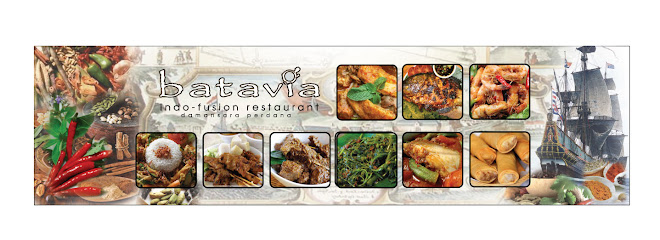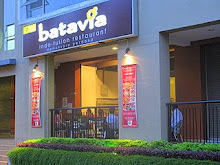Controlling costs isn't so much about reducing them as it is about maximizing the value for your guests. Restaurateurs tend to look at theft, over portioning and shrinkage in terms of what it does to us as owners and managers. If we are to take a customer-centric approach to the problem, we begin with the question "What is the end result of these actions on my guests?"
Theft is an easy example. An employee that steals from you causes your Cost of Goods sold to increase which must be compensated for by raising prices. Raising prices in turn decreases the value of the customer’s experience. The long term effect of this is that the customer count decreases which leads to lower sales.
A customer-centric look at over-portioning may at first look like a benefit to customers, but nothing is truly free, so if they aren't paying for it in the French fries on their plate, they'll pay for it with a beer price that could be priced 25 cents lower. While this may seem insignificant, the next point isn't so benign. Over-portioning is rarely consistent. This means that the customer that is delighted with the huge portion of French fries will be disappointed with a normal portion on their next visit. Major players in the fast food industry have shown how to handle this problem head on. McDonald's has changed their portions and packaging over the years to make it physically impossible to over-portion their fries. This means that your fry box always seems to be spilling over with fries. It shows how seriously they take consistency in their business and gives us a glimpse at how they have become the world's number one operator.
Shrinkage or spoilage is the third issue that not only hits our bottom line but also our customers. Inefficient purchasing creates crisis situations (we need to get rid of this lettuce) and inferior product for your guests. Not ordering enough on the other hand creates shortages and also results in unhappy guest experiences.
Seven Strategies
So we've seen that these things hurt our guests as well as ourselves. What can we do to fix them?
1. Menu Development Do you have a Products Standards Manual? If you do, do the portions listed reflect what's actually going on day-to-day. We've seen situations where the portion size listed in the manual was 40% less than what was actually going onto plates. Correcting this meant actually changing the size in the manual and adjusting pricing and purchasing decisions accordingly.
2. Portion Training When a new team member comes on board, are they shown how to estimate portions? Do they check those estimates against a scale or other measure?
3. Prep Guides How do you decide how much raw product to prep into your restaurant made sauces and other items? Key decisions like this should be thought out with all of the appropriate information at hand.
4. Purchasing Reduce the number of vendors you deal with - How many suppliers do you work closely with? Have you spelled out expectations on produce, meats and other perishables? Do you go back and forth between suppliers, focusing on price rather than quality? Instead, try focusing on one main supplier and establish strict expectations with them for quality. Nearly all suppliers treat customers like that better than the "shoppers". By concentrating your volume, you'll gain leverage with the supplier as well.
5. Systematic Ordering How do you decide how much product to order? Here's a hint, if you're sitting at a desk to do your order, it's probably wrong. Great operators walk through the restaurant's coolers, freezers, and dry storage while deciding how much to order. In addition, they refer to the previous few weeks of usage to root out any trends or opportunities in their purchasing. As well, they see the condition of what's in stock and act accordingly.
6. Systemize Receiving Do you have a process for receiving? There are four basic steps to receiving the order
• Check for completeness and accuracy
• Check for quality of product, especially produce and meats
• Contact your representative for any credits
• Date all products received
7. Inventory Controls Appropriate inventory controls are critical to closing the loop on controlling your costs. While they can be simple, the solution should be robust enough to alert you to trouble spots in your kitchen and on your menu.
Always keep in mind that your Cost of Goods Sold Percentage only tells you about a part of your business. It won't tell you if your customers are unhappy with portion sizes or if your service levels are suffering. It's up to you as an excellent operator to balance all of the areas of your business.















